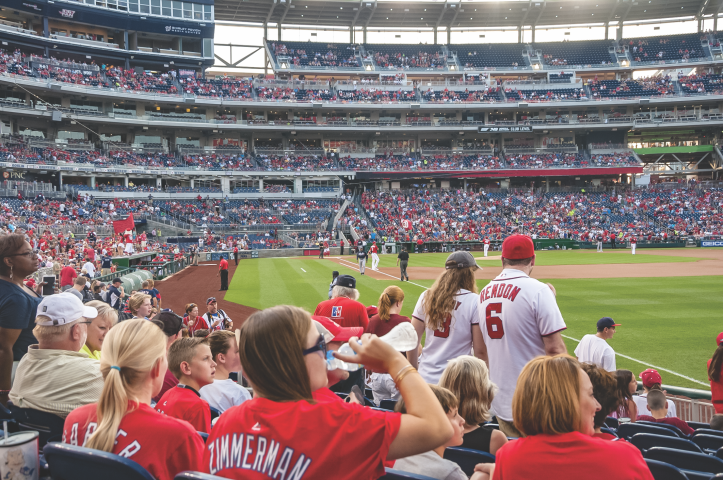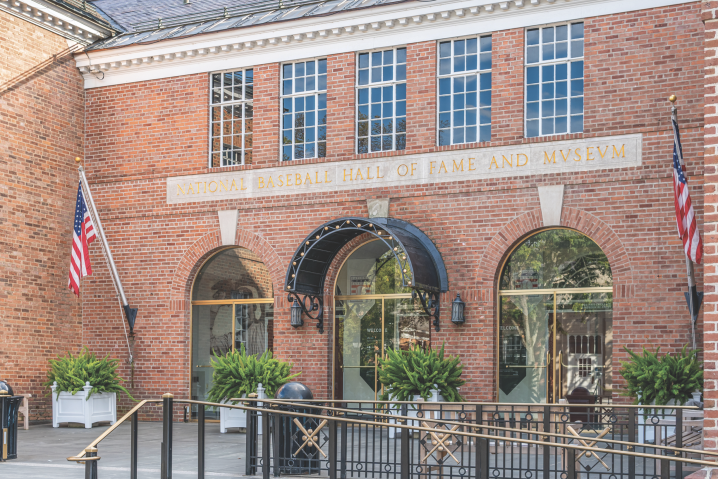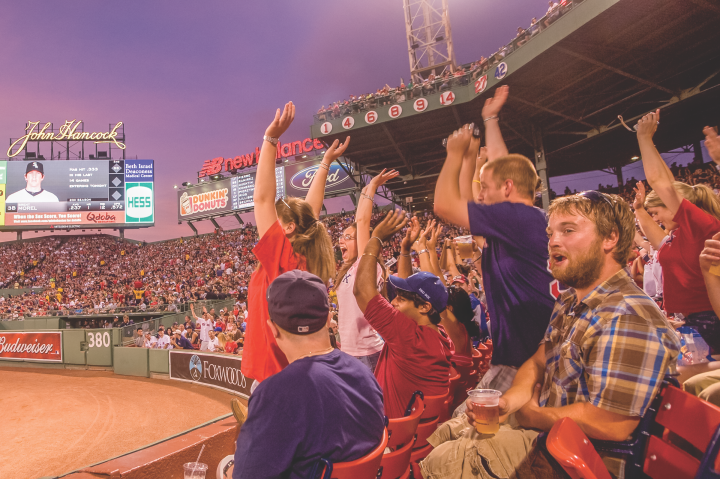The Negro Leagues Baseball Museum & Its History
If you’re exploring Kansas City or visiting for a Royals game, the Negro Leagues Baseball Museum is an absolute must-see destination.
The museum tells the story of organized baseball played by African Americans and other people of color who were denied the opportunity to play in Major League Baseball for decades.
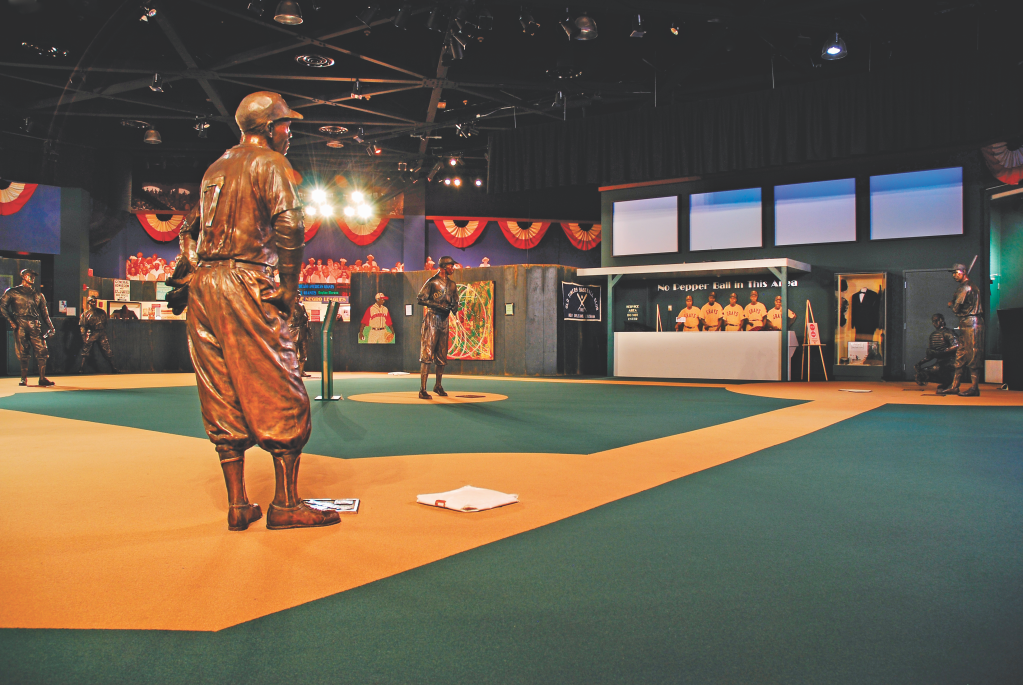
How the Leagues Came to Be
The first Black professional baseball team was the Cuban Giants, founded in 1885 with no Cuban players (the origin of the name is disputed, but it’s possible it was given to conceal the players’ identities as Black men). They were successful for nearly three decades, playing and sometimes defeating major league teams. More Black teams emerged in the early part of the 20th century until, in 1920, an agreement was struck in Kansas City to form the Negro National League. By the early 1930s, the league had disbanded due to financial troubles brought on by the Great Depression.
Newsletter Signup
By clicking ‘Sign Up,’ I acknowledge that I have read and agree to Hachette Book Group’s Privacy Policy and Terms of Use
But then the Pittsburgh Crawfords were born, and in 1932 they featured pitcher Satchel Paige and catcher Josh Gibson. The team was a hit, leading its owner, Gus Greenlee, to start a new league again called the Negro National League. This version had more success than the first. During this time, star players like Cool Papa Bell, Buck Leonard, Roy Campanella, Larry Doby, and Monte Irvin emerged. In the meantime, the rival Negro American League was established in 1937, and a Negro League World Series was played between the two leagues from 1942 to 1948.
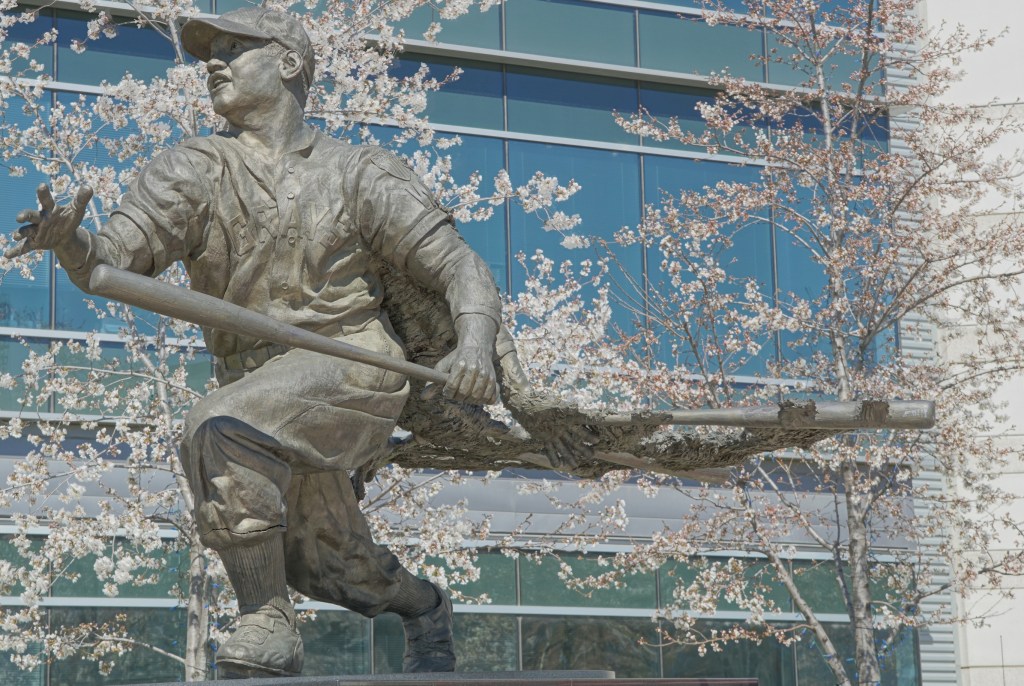
Of course, 1948 was the year Major League Baseball integrated with the addition of Jackie Robinson, who had played for the Kansas City Monarchs, to the Brooklyn Dodgers. Other players followed over the next several years, and by the early 1960s Black baseball leagues had faded from prominence.
But the legacy of the Negro Leagues remains strong. Iconic players like Paige, who struck out 1,620 hitters in 18 seasons, and Gibson, who during his prime was a feared hitter who could scrape .400 with startling power, were inducted into the National Baseball Hall of Fame. Late-period Negro Leagues talent like Robinson, Willie Mays, Ernie Banks, and Hank Aaron were among the very best major league players between 1945 and 1975. Heck, Mays is arguably the greatest to have ever played the game. The Negro Leagues were important because they gave talented players a place to shine; beyond that, they lifted up Black communities and entertained audiences for decades.
Visiting the Museum
The museum was founded by a nonprofit organization and is located in Kansas City’s 18th and Vine district, a historic community where Black culture has thrived. It’s also within walking distance of the Paseo YMCA where Andrew “Rube” Foster created the Negro National League in 1920. While the museum itself was established in 1991, its current 10,000-square-foot digs opened in 1997; since then, more than 2 million visitors have come through the doors.
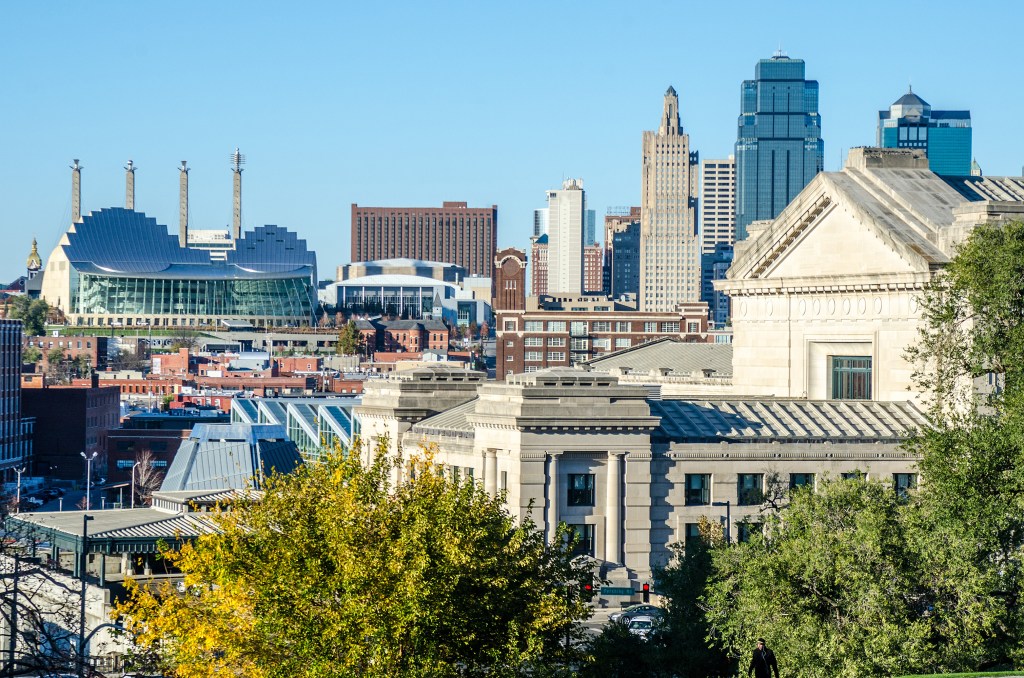
Take a self-guided tour and find artifacts like a Kansas City Monarchs jersey worn by star hitter Newt Allen and a glove worn by the leagues’ greatest ambassador, Buck O’Neil, during his days managing the Monarchs, plus a pretty remarkable non-baseball piece: Satchel Paige’s original gravestone. Be sure to spend time at the replica field, with its marvelous statues of all-time greats (Paige, Gibson, Bell, and Leonard), and at the collection of signed baseballs donated by Rush lead singer Geddy Lee, an avid baseball fan and memorabilia collector.
The museum costs $10, $9 for seniors, $6 for ages 5-12, and is free ages 4 and under. Street parking is available around the museum. If spots are filled, look for public parking at 18th and Woodland, by the Gregg Community Center.
Love baseball? Get the ultimate MLB guide.
Baseball is called America’s pastime for a reason. Experience the best of the MLB cities and stadiums with Moon Baseball Road Trips.


